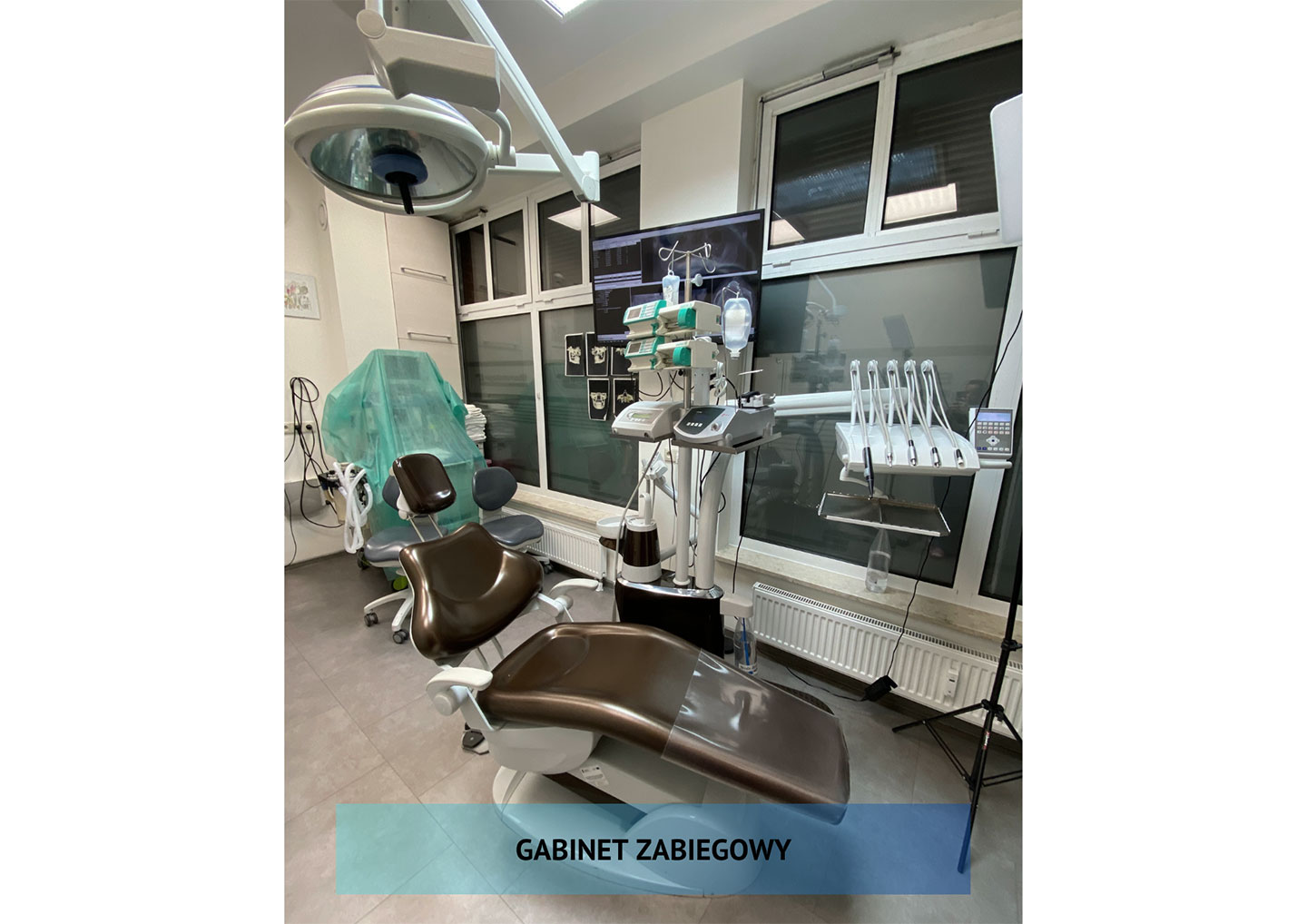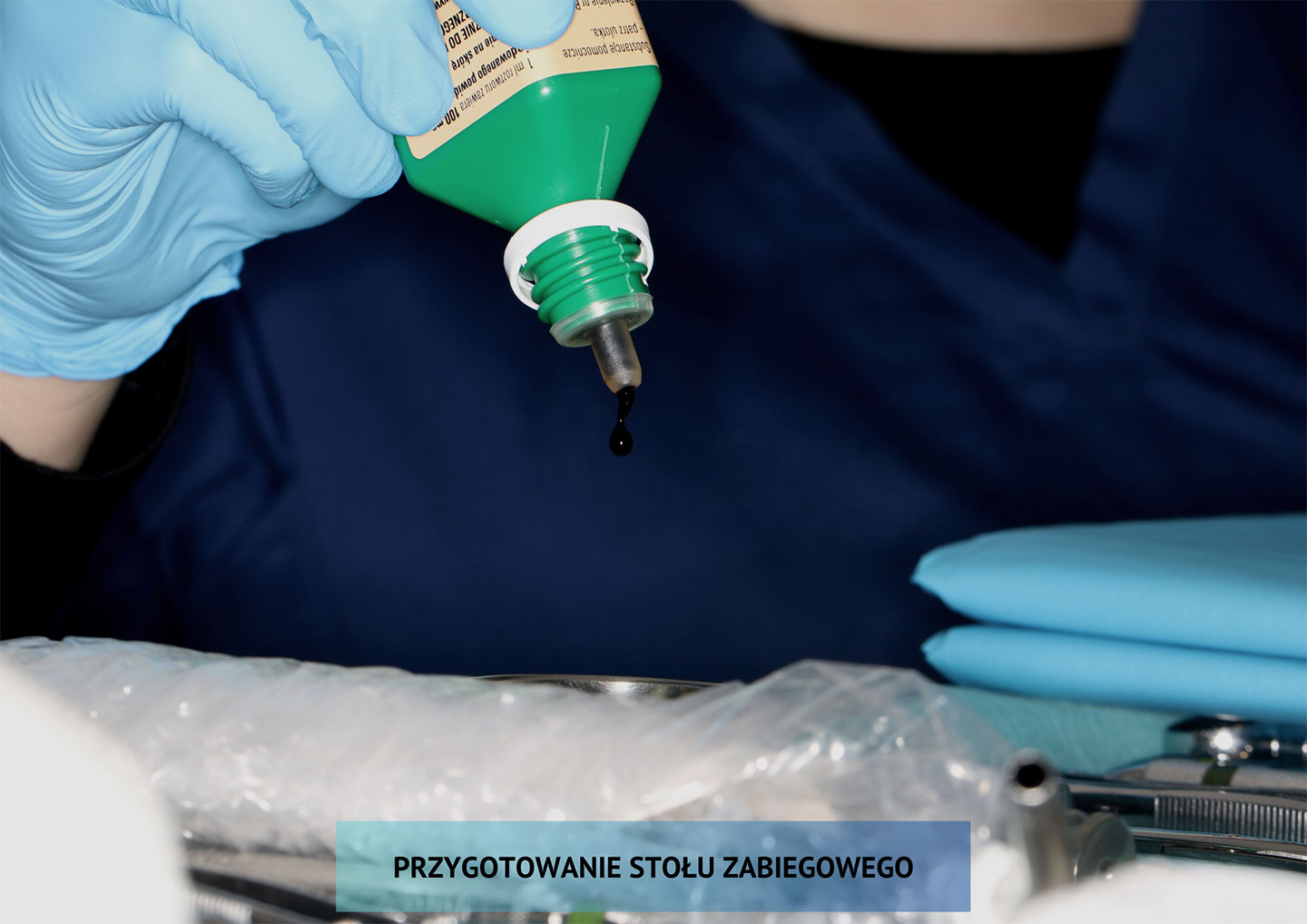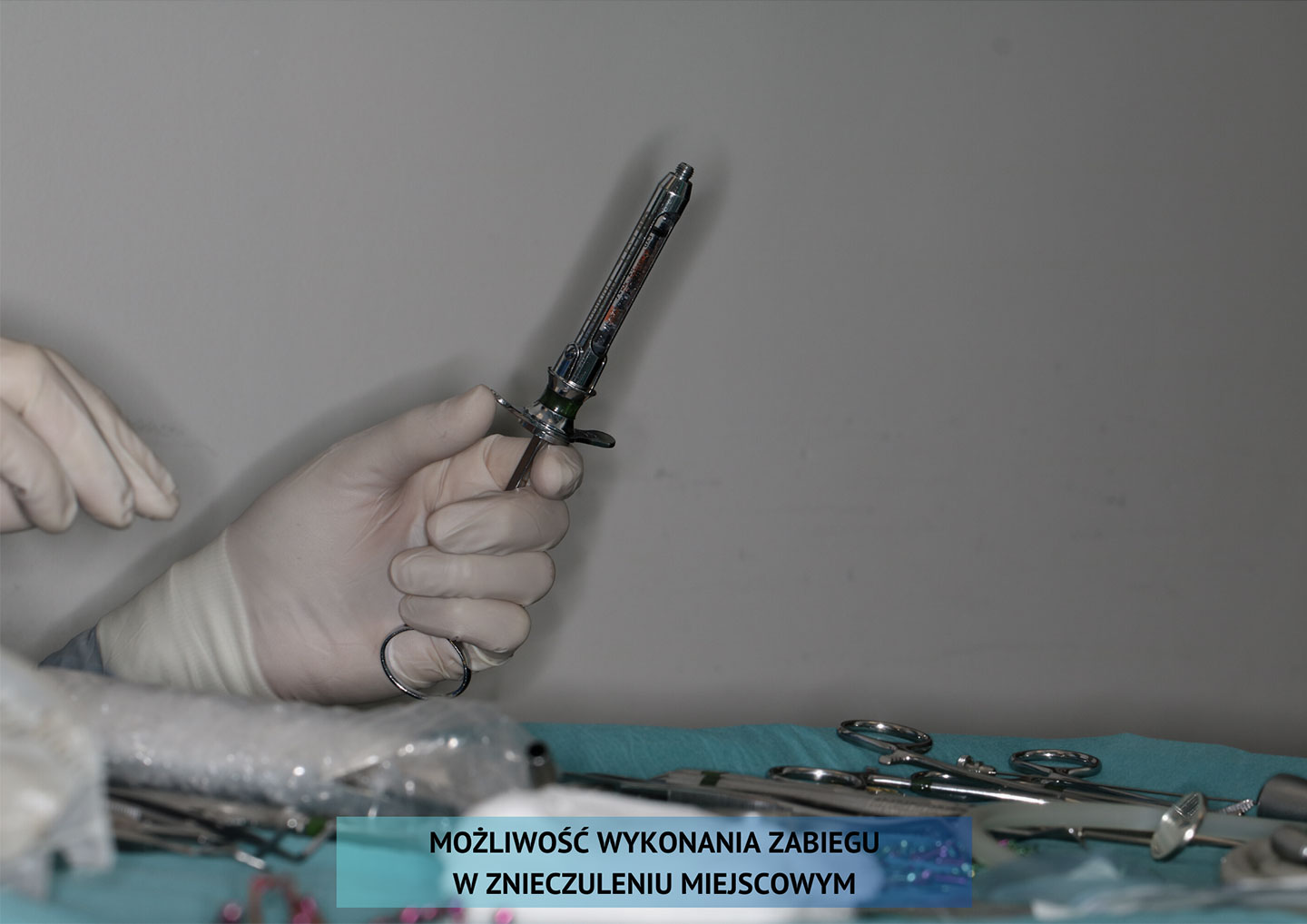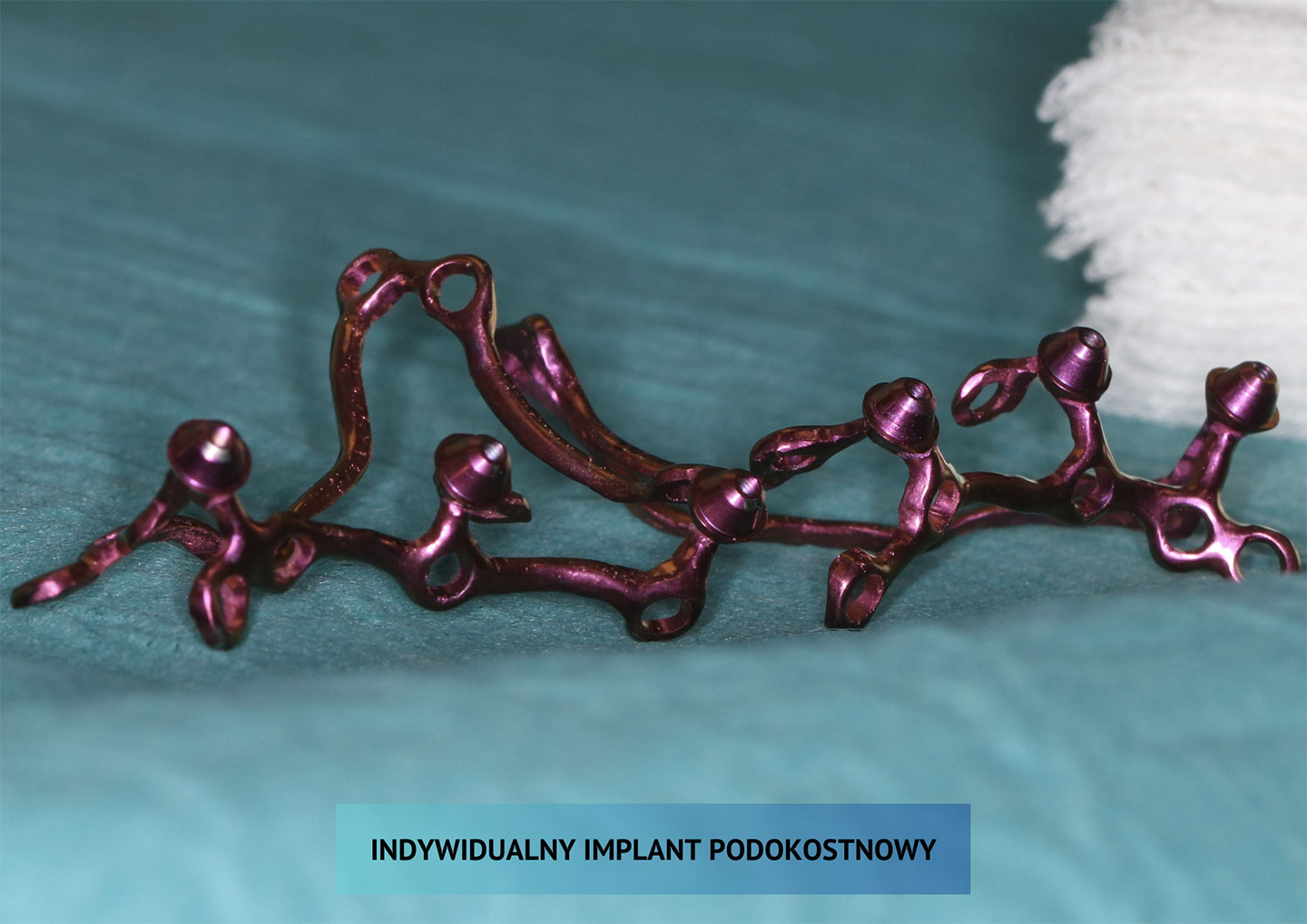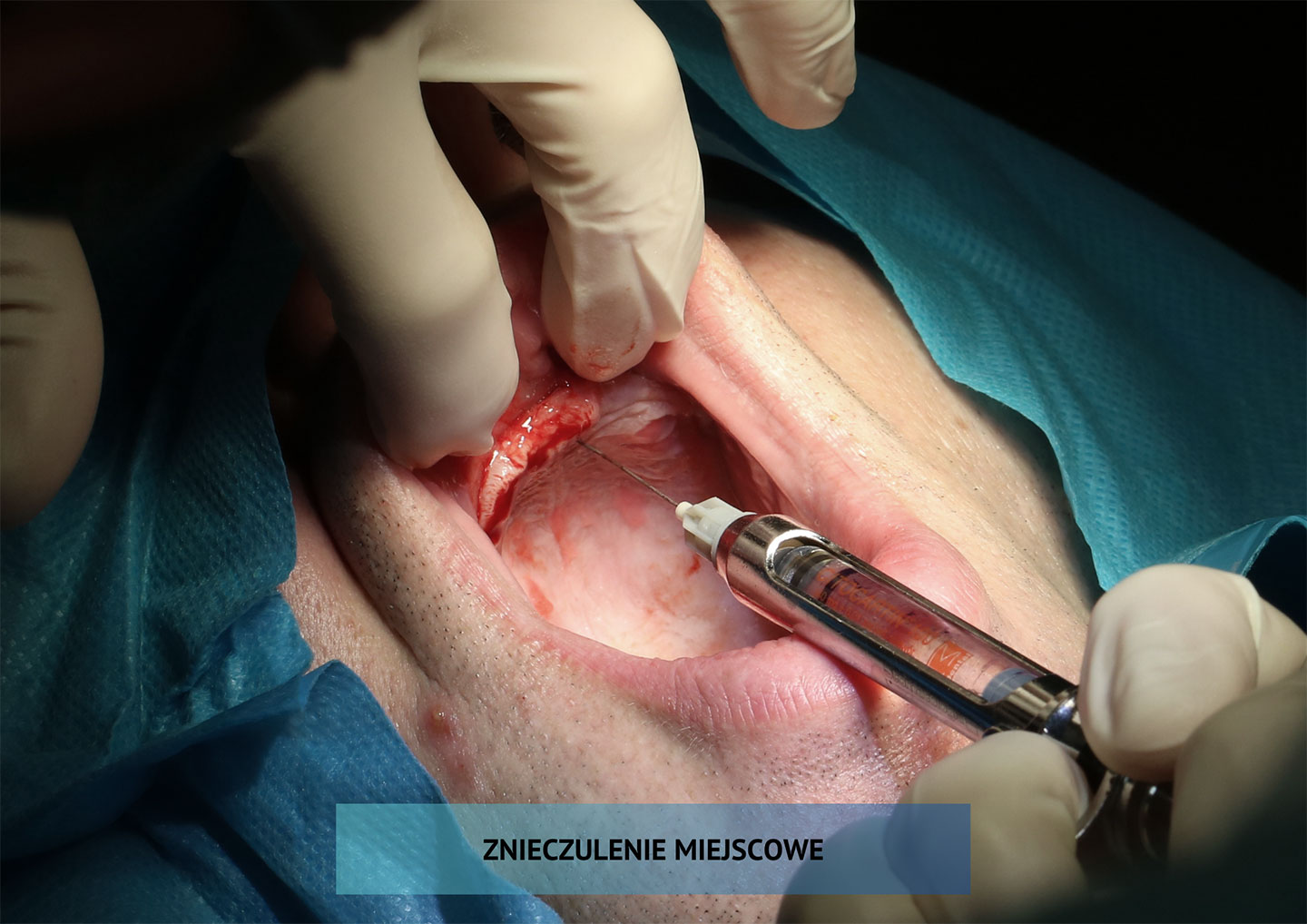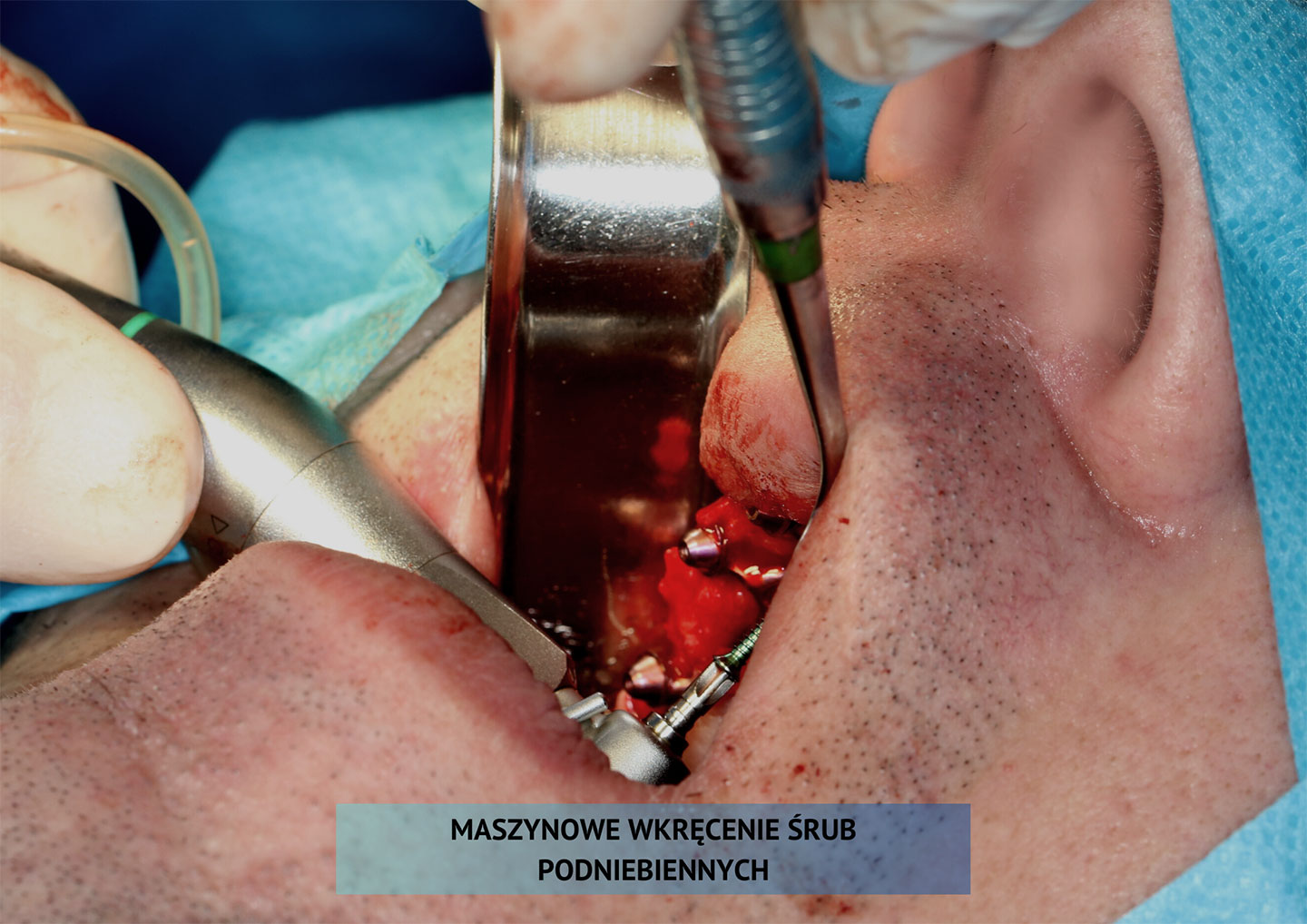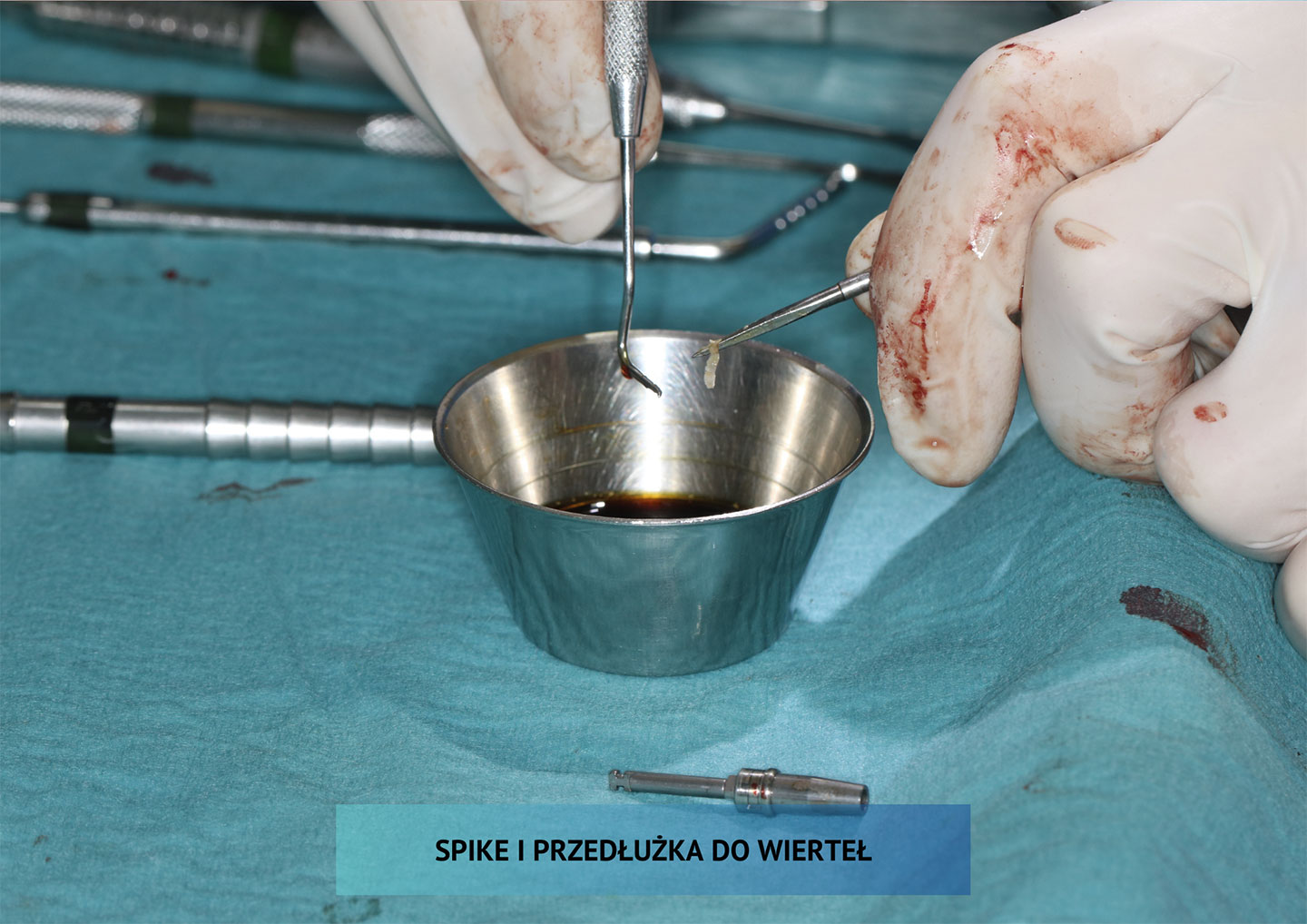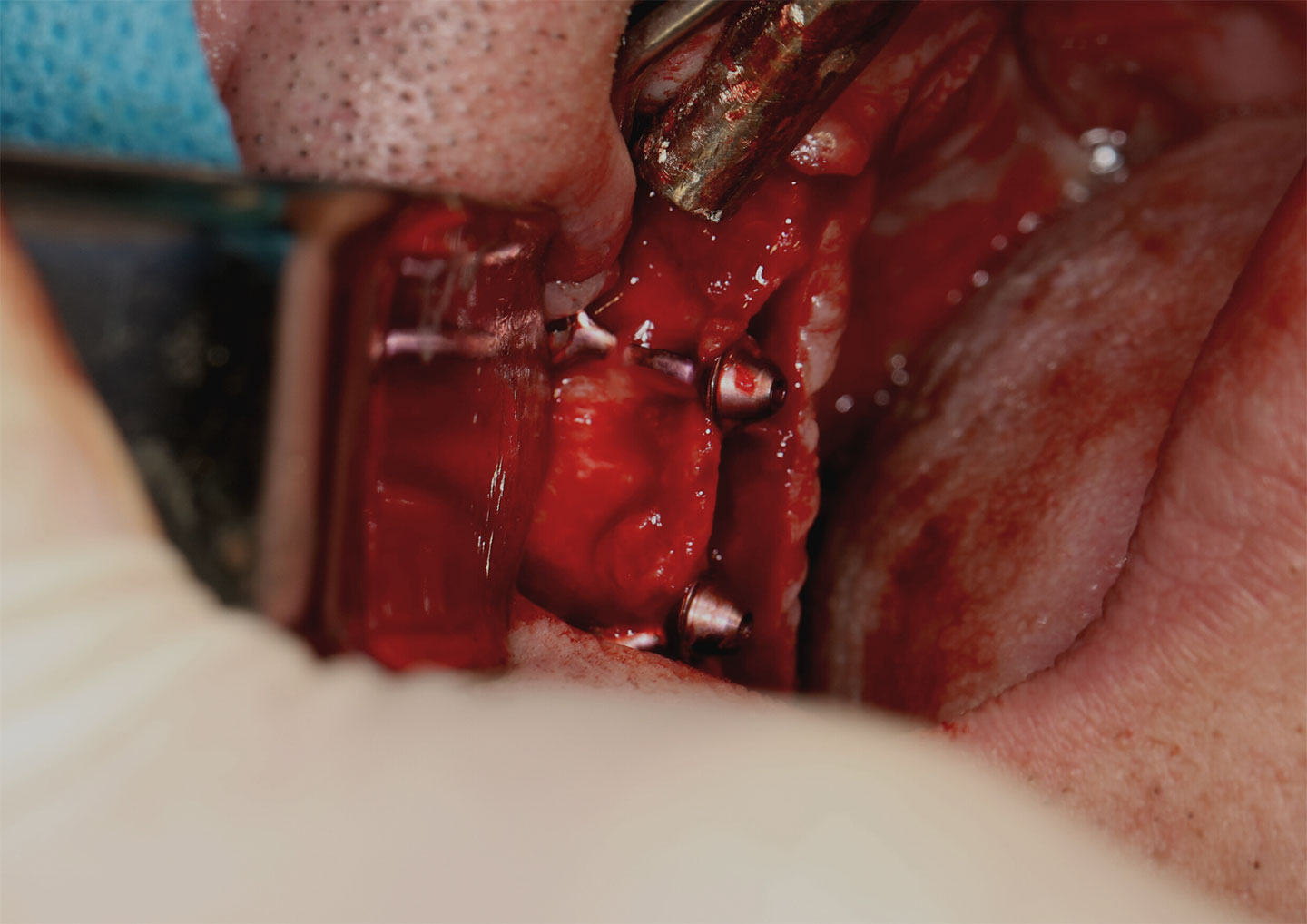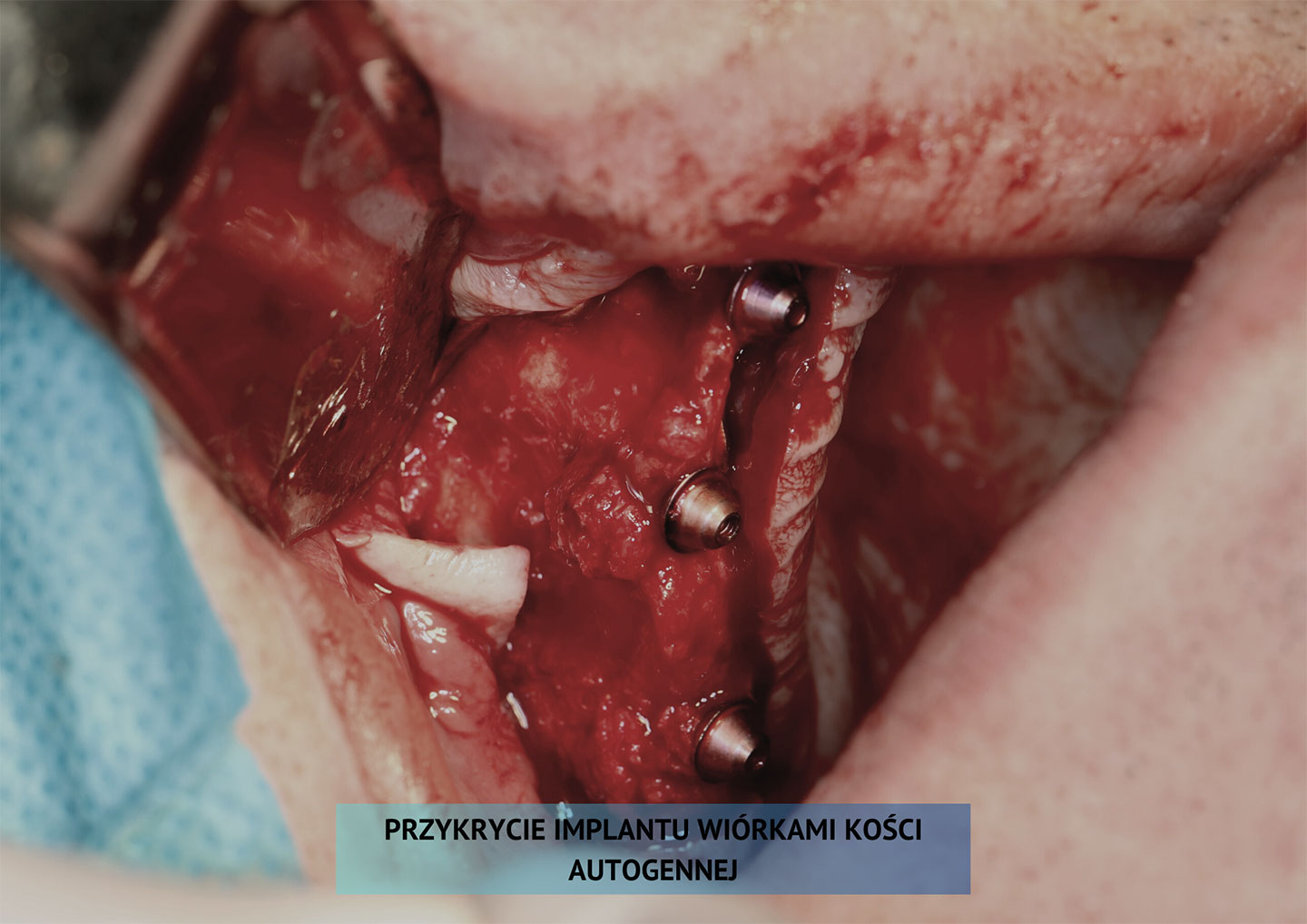Your Life, Your Smile, Your Implants
Individual Subperiosteal Implants

Table of Contents
1. WHAT ARE INDIVIDUAL SUBPERIOSTEAL IMPLANTS
Our 15 years of experience with innovative digital technologies and 3D printing has become the basis for the production of individual subperiosteal implants.
Subperiosteal implants are made from titanium alloy (Ti6Al4V) using Selective Laser Melting (SLM) technology and are printed based on images obtained from computer tomography.
2. STRUCTURE OF INDIVIDUAL SUBPERIOSTEAL IMPLANTS
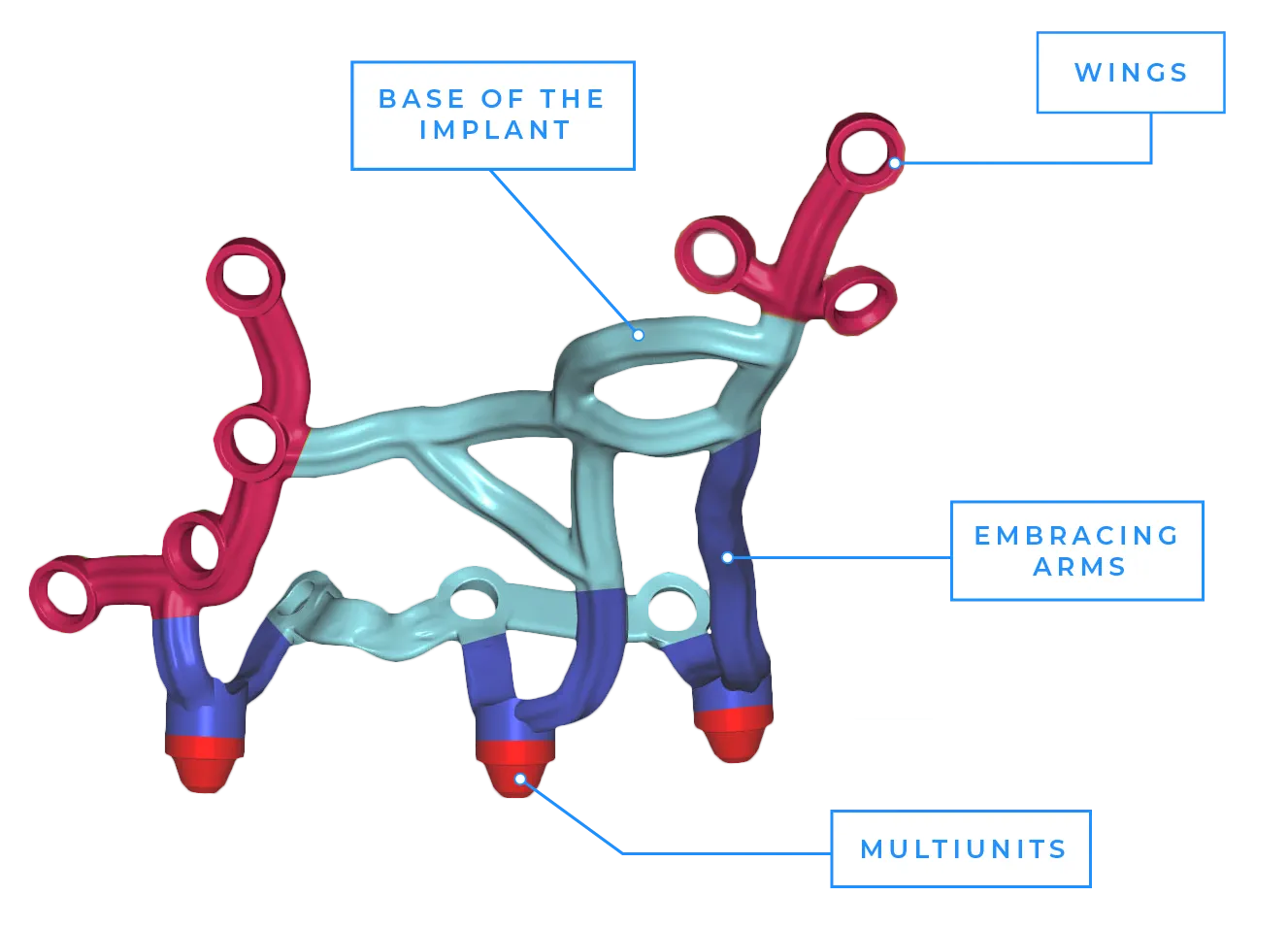
3. REQUIREMENTS FOR PERFORMING COMPUTER TOMOGRAPHY IMAGES FOR THE PRODUCTION OF SUBPERIOSTEAL IMPLANTS
Patient Preparation
The subperiosteal implant is placed directly on the patient’s bone, so the radiological imaging part is the most important.
It is absolutely recommended to remove all removable prosthetic restorations from the patient’s oral cavity, especially those containing metal.
Moreover, the metal parts of all prosthetic restorations cause artifacts in the image. Therefore, if possible, patient’s bridges should be removed.
File Export
Images from computer tomography (CT or CBCT) must be exported in DICOM format (.dcm).
Images must be saved in such a way that one file corresponds to one layer of computer tomography. If there are 400 layers, it means there will be 400 files.
Resolution of Tomographic Images
The technology of subperiosteal implant production allows for very accurate implants.
To start the design work from the very beginning, it is very important to have high-resolution images.
Very high resolution is one of the most important elements necessary for the perfect fit of the implant to the bone.
The highest possible resolution allows for the most accurate accuracy of the implant.
The most accurate available tomography is multi-row tomography. It provides the highest possible quality of bone structure reflection. It is much better quality than CBCT. If you have the possibility to perform multi-row tomography for the patient, such an image will be most desired.
NOTE! The lower the value, the better!
Imaging Field
The imaging field of the computer tomography must completely cover the area where the implant will be positioned.
Subperiosteal implants can be introduced into the mandible and maxilla for tooth gaps according to Kennedy’s classification class I, II, III, IV, V, VI.
All information about computed tomography scans are available in the download file
4. MANUFACTURING SCHEME FOR INDIVIDUAL SUBPERIOSTEAL IMPLANTS

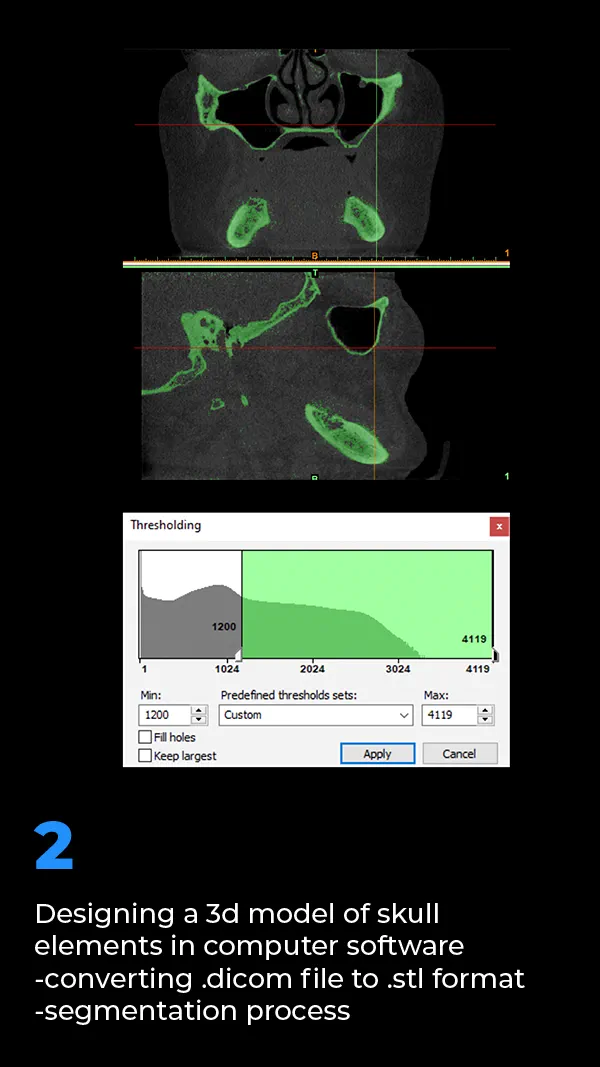
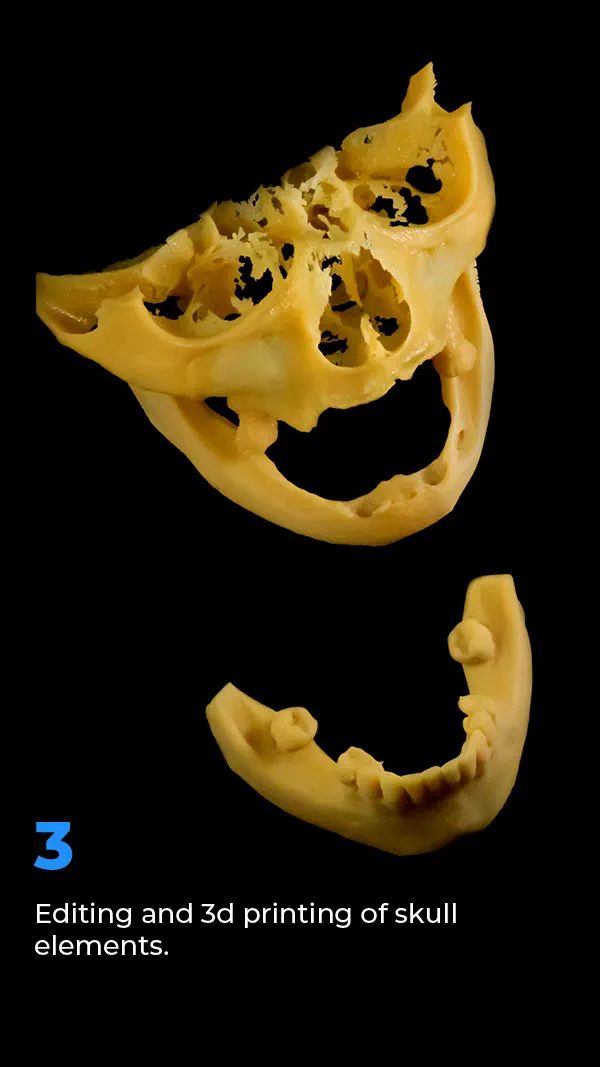
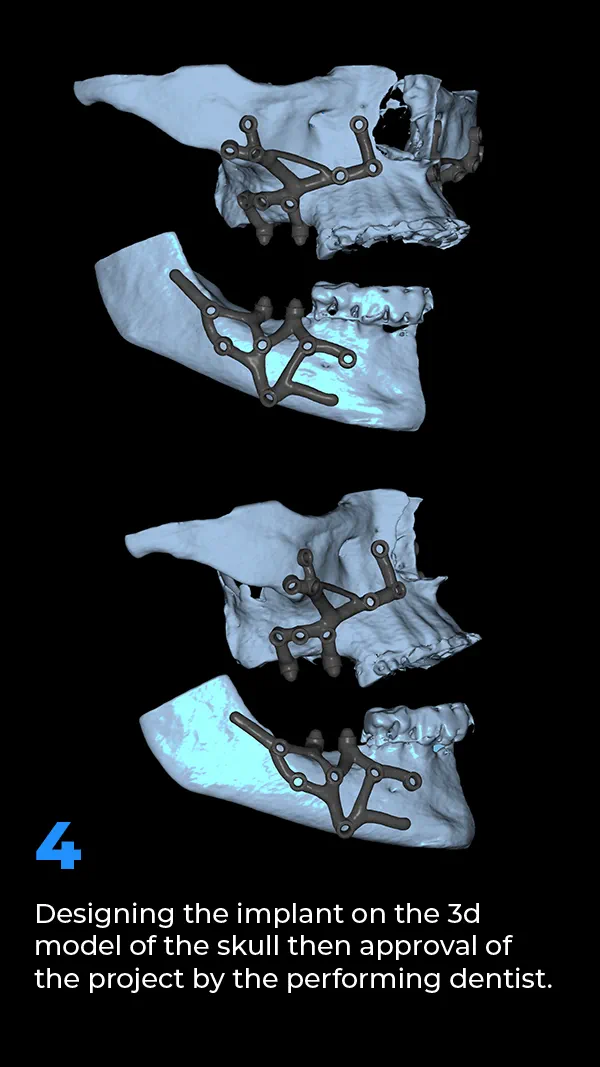
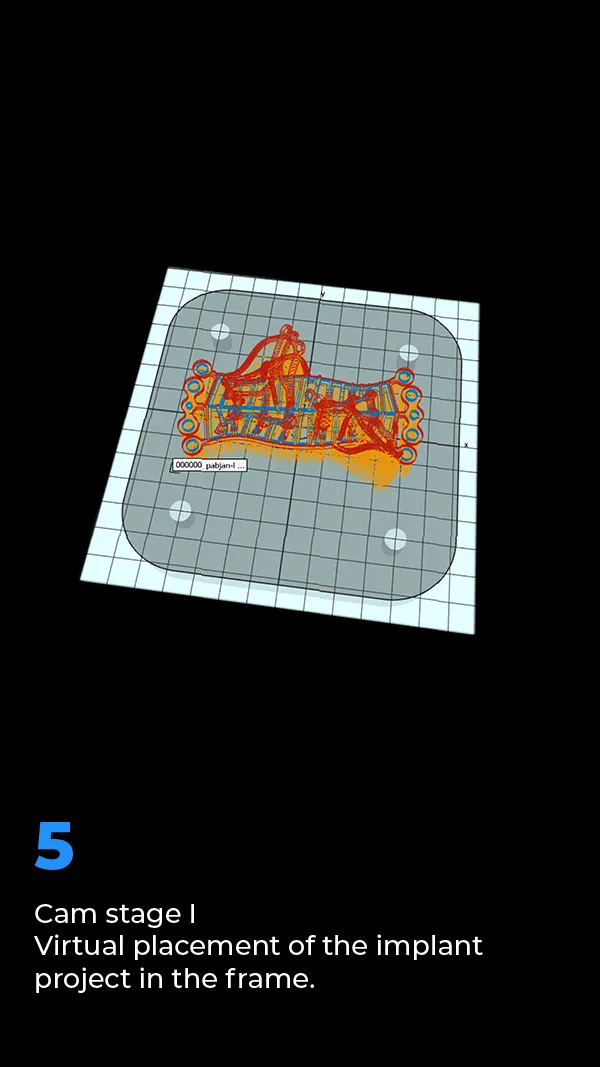

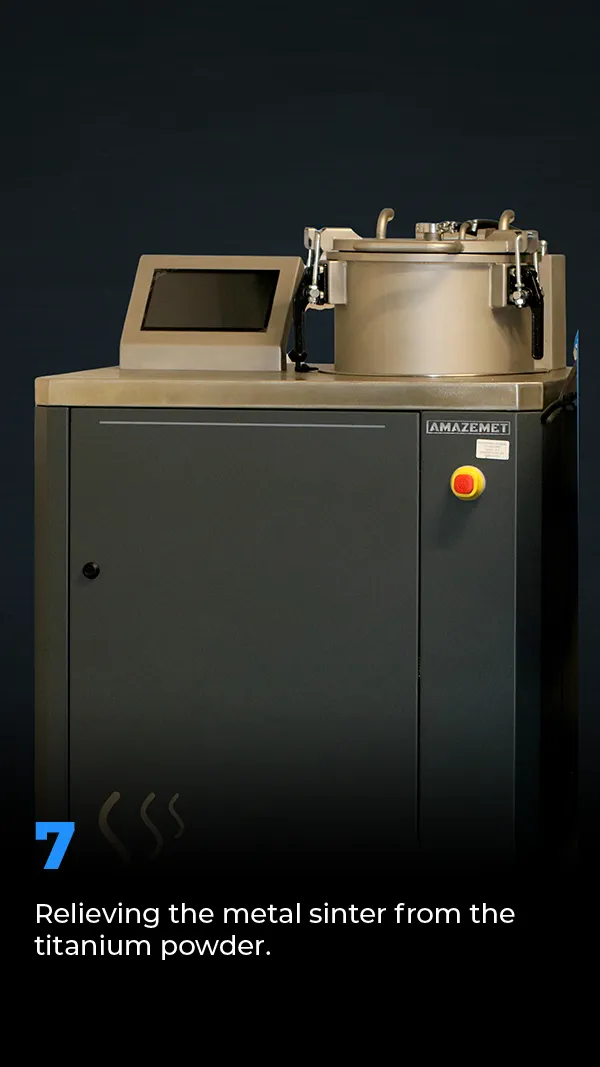
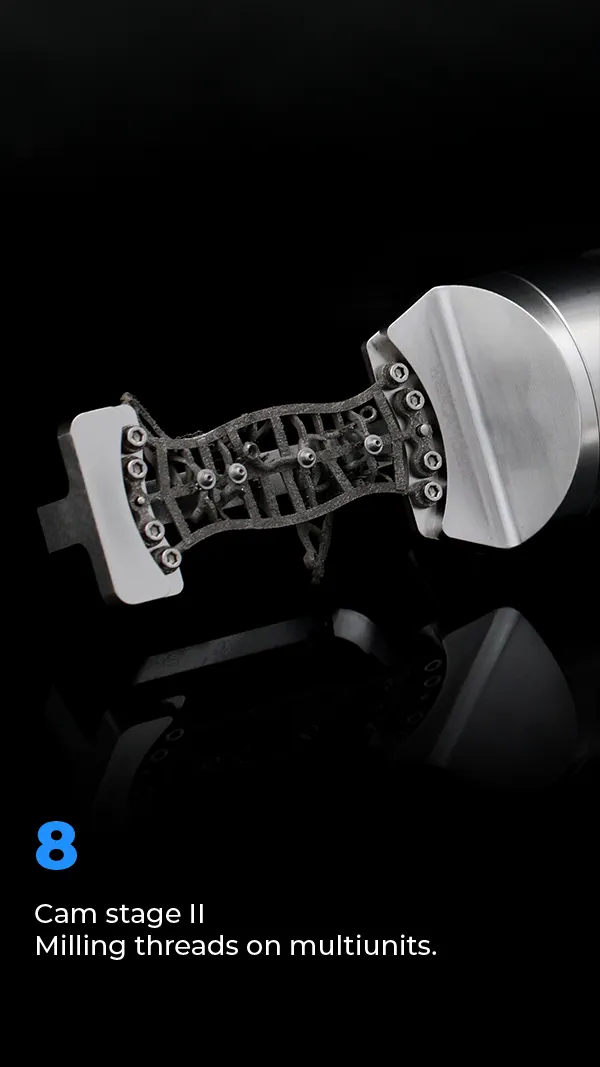
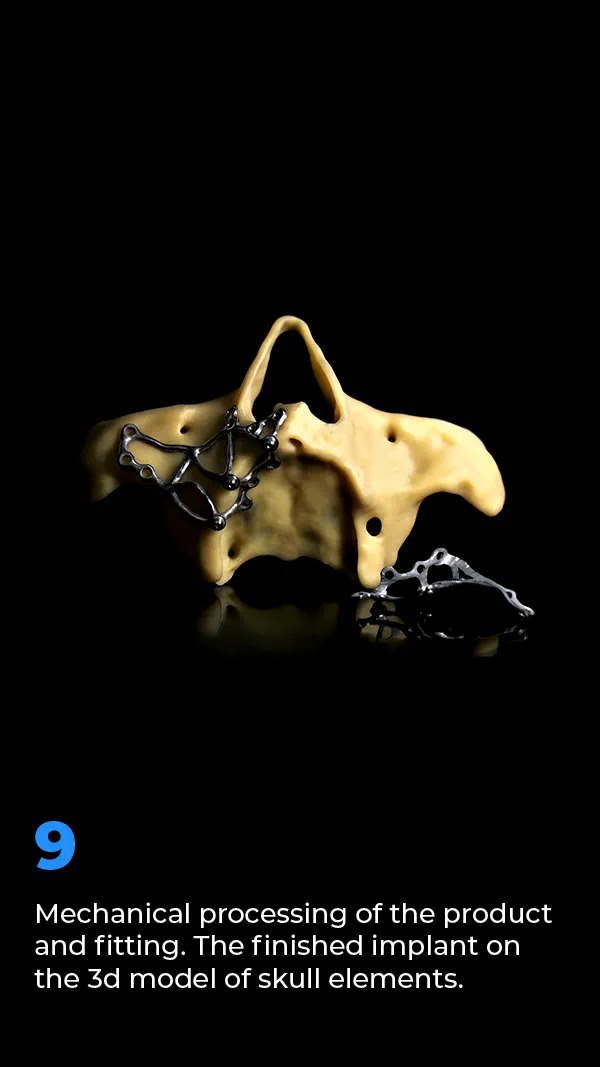
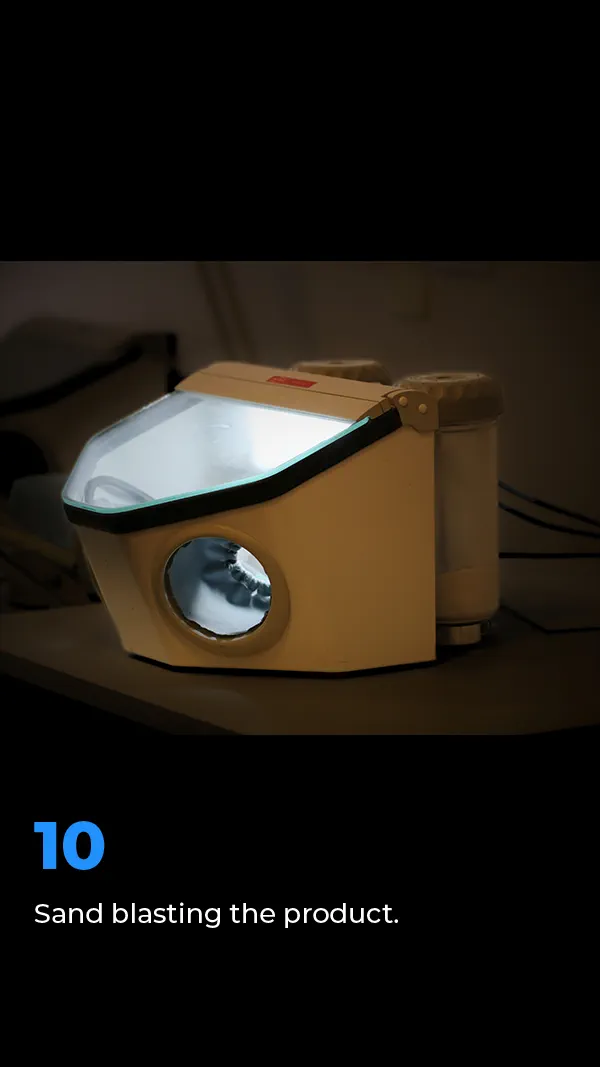

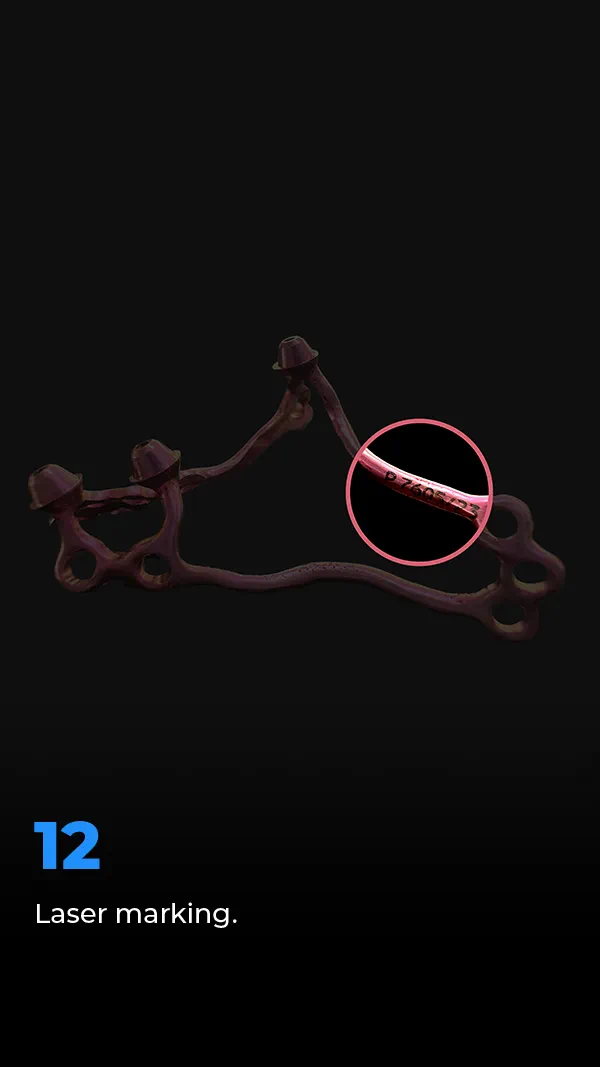

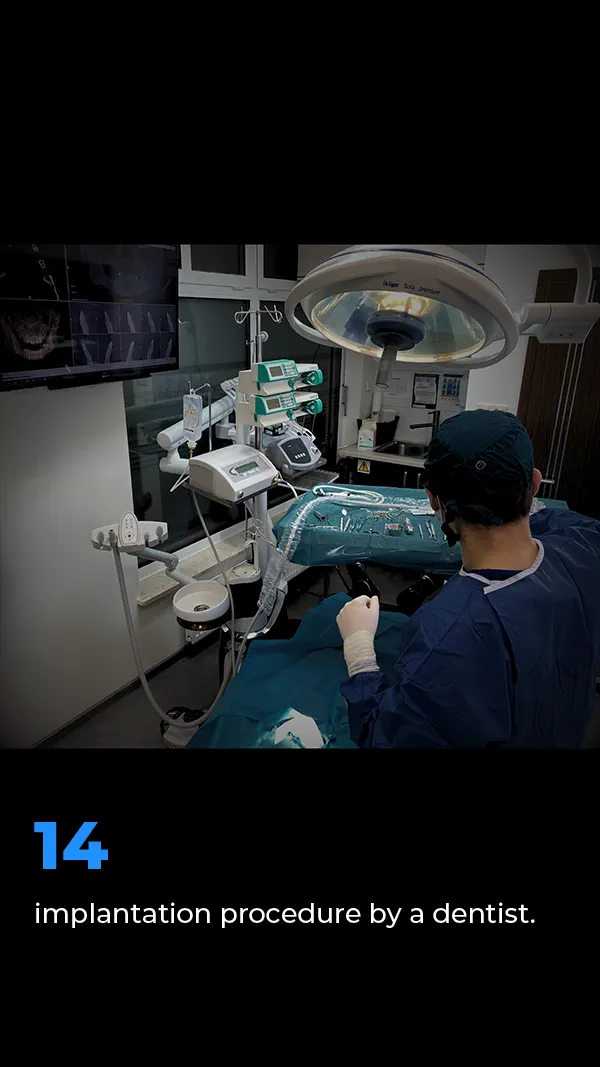














Manufacturing scheme for individual MaiImplants subperiosteal implants.
5. STAGES OF IMPLANT INSERTION
Procedure of inserting a subperiosteal implant in a patient with complete edentulism of the maxilla under local anesthesia.
7. BENEFITS OF INDIVIDUAL SUBPERIOSTEAL IMPLANTS
Assistance in obtaining permanent teeth for patients where the only possibility of obtaining a permanent bridge are procedures performed under general anesthesia (e.g., zygomatic implants or bone reconstruction).
Possibility of making a temporary bridge on the day of the procedure – the patient leaves with teeth on the day of the procedure.
The option for a screw-retained, non-cemented work, eliminating the risk of pericementitis.
9. WHO ARE INDIVIDUAL SUBPERIOSTEAL IMPLANTS FOR


One of the most advanced implantological solutions involves designing and manufacturing a surrounding mesh, which is screwed onto the bone.
On this structure, elements connecting the implant with the prosthetic work are mounted.
Subperiosteal implants are individual solutions for patients with significant or total bone tissue loss, for whom the introduction of root implants and bone regeneration procedures are not possible.
Subperiosteal implants constitute a personalized spatial structure dedicated to a specific patient.








Indications for the insertion of subperiosteal implants
- The doctor is the person deciding on qualifying a patient for the procedure
- Lack of at least two teeth in one gap
- Lack of all teeth in an arch
- Significant bone tissue loss
Contraindications for the insertion of subperiosteal implants
- heart diseases, myocardial infarction
- active cancer, radiotherapy
- immunodeficiencies
- treatment with immunosuppressants, AIDS
- psychiatric diseases
- treatment with bisphosphonates
- thin gingival biotype
- nicotine addiction, alcohol dependence
- diabetes
A qualified team oversees the entire production process and is always ready to answer your doubts or questions.
Webdesign – Piotr Sierant


